Wildlife was given a fighting chance in 2015. Several important actions taken this past year will have a positive effect on wildlife for years to come.
Yes, wildlife across the globe faces threats from all angles, including climate change; over-hunting and over-fishing; illegal wildlife trade; and habitat destruction and degradation. But during this past year, I found a spirit of hope for wildlife.
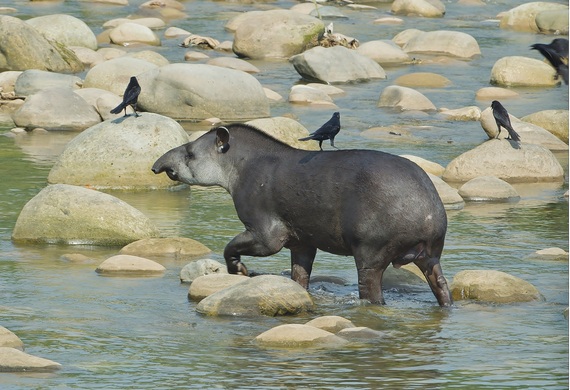
In 2015, countries across the globe took important steps on behalf of wildlife that provided hope for their future protection. Photo by Mileniusz Spanowicz ©WCS.
Countries large and small took big steps on behalf of wildlife throughout the year. Local communities and businesses are also finding solutions that promote sustainable development and wildlife conservation.
As I reflect on 2015, here are a few of the events that will have a positive impact on wildlife and wild places: Some were taken by the global community and others on a national or local level. I've included some of the actions where WCS is leading the way. Thankfully, this list of wildlife wins in 2015 could be even longer. So, I welcome hearing about more actions you think were great for wildlife this past year. I will be sure to Tweet those additions to show them support.
- Paris Climate Summit: The agreements in Paris at the Conference of the Parties of the United Nations Framework Convention on Climate Change was a major step forward in 2015 for wildlife and for all life on our planet. The climate accord, agreed to by 195 countries, shows a commitment by the global community to reduce the greenhouse gases warming our planet. One aspect of the accord not given a lot of attention was recognition of the urgent need to take significant actions to reduce emissions of CO2 caused by deforestation, representing around 15% of global emissions (more than all the cars, trucks, and airplanes in the world combined). This push to save intact forests is good for all life and protects wildlife habitat and absorbs carbon dioxide through continued growth. Wildlife needs intact forests, from the tropics to the boreal regions.
- The United Nation's Sustainable Development Goals: The United Nations General Assembly adopted 17 Sustainable Development Goals in September. These will drive much of the development agenda for our planet for the next 15 years and include a wide range of actions, such as ensuring sustainable use of natural resources; taking urgent steps to end wildlife trafficking; and conserving our oceans. The goals and 169 targets in the document represent an unprecedented opportunity to safeguard globally threatened wildlife species and their habitats.
- United Nations Resolution on Wildlife Trafficking: In July, the UN adopted a first-ever resolution that recognizes that wildlife trafficking is a transnational crime, which is threatening species, communities and local economies across the globe. The resolution calls on governments to take strong actions against this crime, including annual reporting on progress. It further recognizes links between wildlife crime and international organized crime.
- A Trade Agreement with Hope for Wildlife: In October the United States joined 11 Pacific Rim countries in signing the Trans-Pacific Partnership (TPP), an international trade agreement that includes strong wildlife trafficking provisions within its environmental chapter. It was heartening to see in the TPP potentially strong and enforceable commitments on combating wildlife trafficking, and on implementing the provisions of the Convention on International Trade in Endangered Species of Wild Fauna (CITES). We look forward to working with the 12 signatory countries to implement the terms of the agreement.
- 'One Health' Breakthrough for Africa's Farmers and Wildlife: The World Organization for Animal Health (OIE) provides standards for its 180 member countries related to international trade in commodities (including beef) that are a potential source of animal disease agents. In May, it updated its Terrestrial Animal Health Code. This change unlocks the potential to remove fences and restore migratory movements of wildlife across the vast southern African trans-frontier conservation areas (TFCAs), including the Kavango Zambezi TFCA spanning Angola, Botswana, Namibia, Zambia and Zimbabwe and home to the world's largest remaining population of elephants -- approximately 250,000.
- Good News for the Oceans: Our oceans and the wildlife that call it home got a boost from new protections with the declaration of new marine protected areas. The Government of Chile announced at an oceans summit in Valparaiso the creation of a 720,000-square-kilometer marine protected area around Rapa Nui and its plan to design a network of marine protected areas in Patagonia for the purpose of safeguarding whales, dolphins, sea lions, sea birds, and other coastal biodiversity. This initiative would expand the country's protected waters by 100,000 square kilometers (more than 38,000 square miles). Madagascar also took actions to protect ocean life by establishing three new marine parks. Located along Madagascar's western coast in what is known as the Mozambique Channel, the new parks are home to the world's second-most diverse coral population.
- Banning Microbeads in the United States: President Obama has signed into law a ban on microbeads. The U.S. Senate and House both swiftly voted in December to ban the use of these tiny plastic particles from certain personal care products that are harming aquatic wildlife and polluting waterways. We are hopeful that in 2016 other countries will take similar action to ban microbeads, a significant threat to ocean wildlife.
- An International Blitz Against Wildlife Trafficking: Anytime you can say China and the USA are taking actions together to address a problem, this surely can mean big change for the good. In September, President Xi of China and President Obama issued a joint commitment to address wildlife trafficking, including steps to halt the domestic commercial ivory trade in both countries. This builds on efforts by range countries in Africa that have called on the closing of global ivory markets. When this commitment is fully implemented in China and the US, and by other countries, it will be good news for Africa's beleaguered and declining elephant populations. Additional action addressing ivory demand: Washington State voters passed I-1401 a ban on the trade in parts of elephants and other species. Washington joined California, New York and New Jersey, which have already enacted ivory bans. The 96 Elephants coalition of partners is fiercely working to achieve a federal ivory ban in early 2016, accompanied by the enactment of ivory and broader wildlife bans in several remaining key states, including Hawaii, the largest existing U.S. ivory market.
- Zoos Making a Difference for Wildlife: Zoos across the world inspire millions of visitors (181 million just in North America) while simultaneously spearheading and supporting conservation initiatives across the globe. The 220-plus AZA-accredited zoos spend160 million on conservation initiatives annually and fund more than 2,500 conservation projects some 100 countries. At WCS, we harness the power of our zoos and aquarium, along with our conservation programs, to conserve wildlife in nearly 60 nations and in all the world's oceans. There are myriad stories from 2015 that could illustrate the contribution of our parks in saving wildlife. Here is one example: The Queens Zoo in partnership with other entities, including the U.S. Fish and Wildlife Service and the Roger Williams Park Zoo, reintroduced 11 zoo-born New England cottontail rabbits, back into the wild in its native range. The partners hope to have greater success next year in an effort to ensure the viability of this important species, which is classified as Vulnerable by the IUCN. New England cottontail rabbit numbers have declined as a result of habitat loss and through competition with eastern cottontails.
- And a Final Word from The Pope: On June 18, Pope Francis issued an encyclical on the environment. His message to 1.2 billion Roman Catholics that caring for nature is an important part of all of our lives has resonated deeply around the world, within and beyond the Catholic Church. This encyclical and other statements from the Pope have urged everyone to be aware that we have an obligation to be mindful stewards of our planet. Whether in the encyclical, when he visited Africa and spoke out against the ivory trade, during his trip to the United States, or at the end of the year when images of wildlife were projected on the Vatican, Pope Francis proved to be a strong, outspoken supporter who is inspiring individuals and governments to do the right thing for our planet and its precious wildlife.
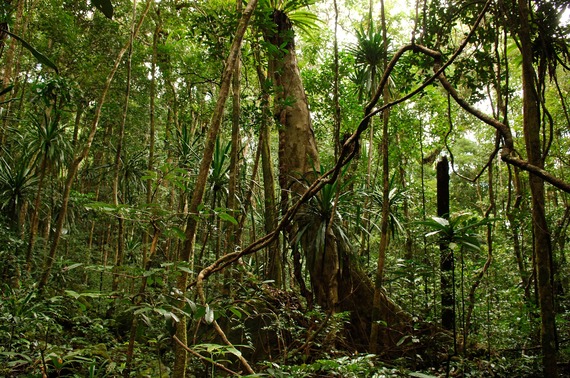
One aspect of the Paris climate accord not given a lot of attention was recognition of the urgent need to take significant actions to reduce emissions of CO2 caused by deforestation. Photo by Julie Larsen Maher ©WCS.
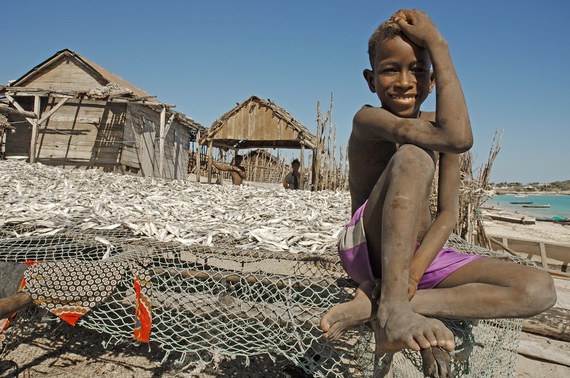
The United Nations Sustainable Development Goals adopted in September will drive much of the development agenda for our planet for the next 15 years. Photo by Julie Larsen Maher ©WCS.

In July, the UN adopted a first-ever resolution that recognizes that wildlife trafficking is a transnational crime. Photo by Elizabeth Bennett ©WCS.

The Trans-Pacific Partnership (TPP), forged in October, includes strong wildlife trafficking provisions within its environmental chapter. Photo ©WCS Wildlife Crimes Unit.
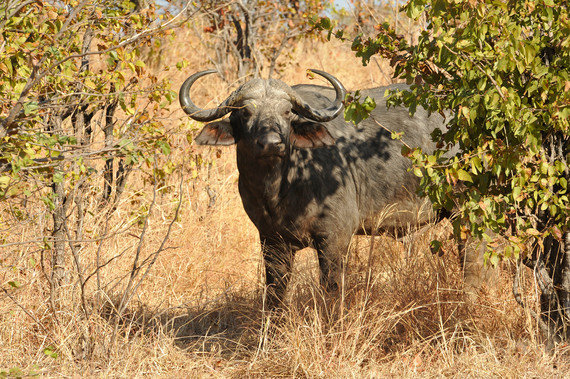
In May, the World Organization for Animal Health updated its Terrestrial Animal Health Code, allowing for the potential restoration of migratory movements of wildlife across the vast southern African trans-frontier conservation areas. Photo by Julie Larsen Maher ©WCS.
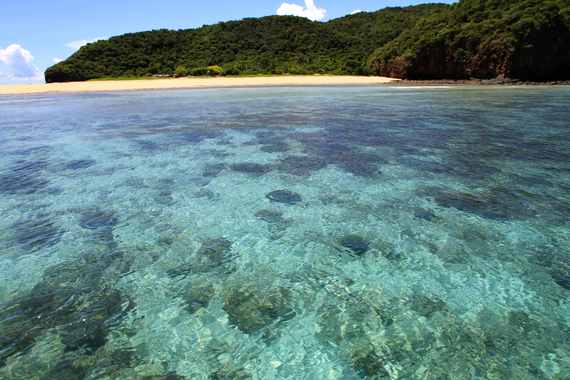
2015 saw the creation of new marine protected areas in Chile and Madagascar. Photo by Ambroise Brenier ©WCS.

In December, President Obama signed into law a bill to ban the use of plastic microbeads in personal care products. Photo by Jeff Morey ©WCS.

In May, President Xi of China and President Obama issued a joint commitment to address wildlife trafficking, including steps to halt the domestic commercial ivory trade in both countries. Photo by Julie Larsen Maher ©WCS.
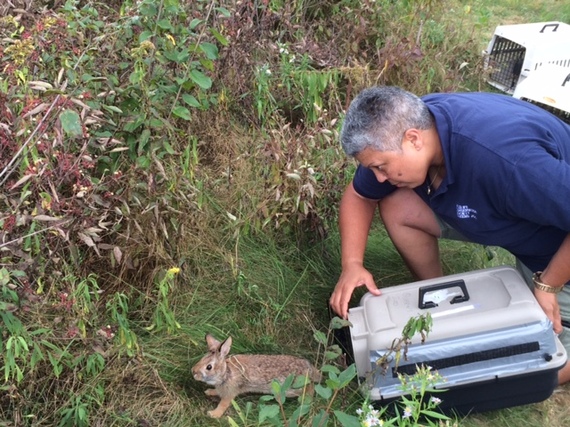
In 2015, The WCS Queens Zoo reintroduced 11 zoo-born New England cottontail rabbits back into the wild in their native range. Photo by Scott Silver ©WCS.

Pope Francis has proved to be a strong and outspoken proponent for protection of our planet and its precious wildlife. Photo by Cristián Samper ©WCS.
Those are 10 of the major actions taken this year that make me optimistic for wildlife. On a more personal level, my hope is based on something closer to home. As head of WCS, I am blessed to work with champions for wildlife within our organization and within the many governments, corporations, and other NGOs that partner with us. Knowing the tireless dedication they bring to their work every day gives me my truest sense of hope for the many diverse and magnificent species on our planet.
